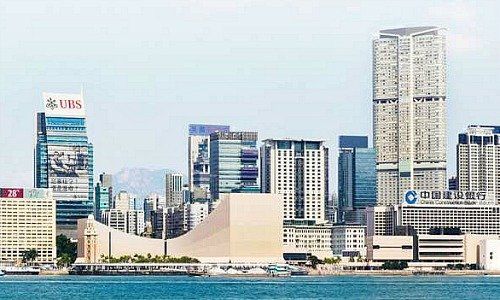UBS Hong Kong, China Clients Feel Pain
The path to our targets has steepened, UBS admits on an investor call.
A lacklustre fourth quarter performance from UBS – the first major European bank to declare results - has highlighted how vulnerable banks are to the whimsies of clients, particularly in Asia.
Given their penchant for equities, UBS clients in Hong Kong and China had a 25 percent concentration in the asset class, compared to an average concentration of 10 percent amongst European clients. Not surprisingly then, Asian clients have yet to recover from the end-of-year tailspin global equities found themselves in December 2018.
Very Difficult
«This is not the first time [Asian clients have favoured equities] and it won’t be the last. Diversification is still a very difficult concept to sell to them,» said one UBS banker on the phone from hong Kong. The bank’s U.S. clients sat on high cash balances - as much as 24 percent – for most of the last quarter of 2018, staying away from choppy markets.
The Swiss-based bank UBS said on Tuesday its net profit swung back to a $696 million for the fourth quarter, from a 2.22 billion Swiss franc ($2.22 billion) net loss last year after U.S. reforms did away with tax credits that many firms had been taking advantage of until now.
More Dividend
The bank, which last year launched a 2 billion franc share buyback program alongside its regular dividend, said it would pay shareholders 0.70 francs per share, a 0.05 hike from last year.
U.S. over China
The U.S. business will be faster to develop than onshore China, UBS senior management reiterated on an investor call this morning when questioned on its lacklustre performance in the world’s largest capital market. The bank believes there are no systemic worries surrounding its U.S. business despite an analyst asking whether «bad trading» could be behind the source of its underperformance. Indeed, despite underperforming key peers in the U.S., the bank believes it will develop faster there than onshore China.
Do not obsess over costs
The fourth quarter also upset the bank’s cost income ratio, driving it up three percent to 87 percent. However, UBS management was dismissive of analysts fears surrounding the hike, insisting that they could not be «obsessive about cost-income ratio» because often the bank needed to take a strategic rather than tactical approach to it – sacrificing cost benefits to generate and sustain capital return objectives.




























